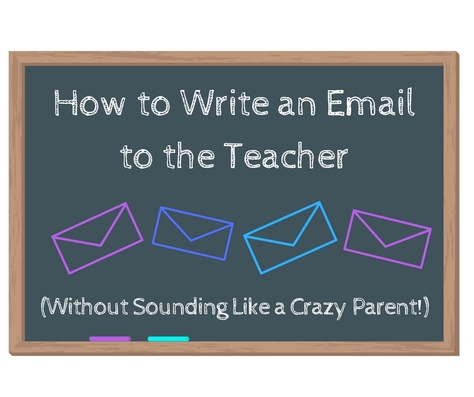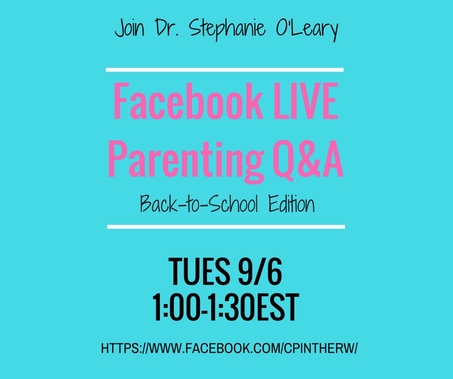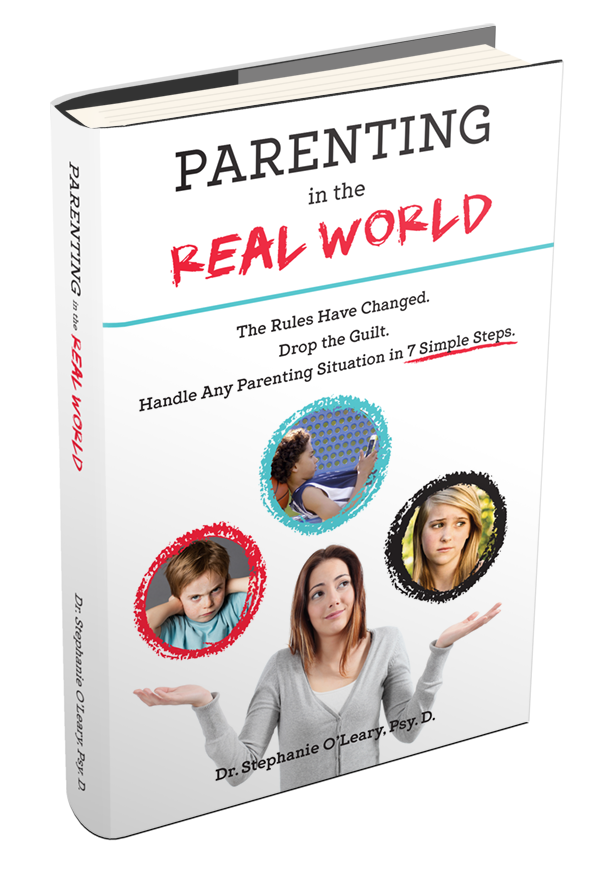|
September is officially upon us and most kids are either back in the classroom or getting ready to go any day now. Introductions to teachers will be made and with that comes the process of figuring out how to support your child during this 2016-2017 academic year without saying "too much" or "too little" to teachers. As a parent, it's hard to know if being proactive and sharing insights will come across as overbearing or if waiting in the wings until you're alerted to an issue will come back to bite you (and your child) in the end. You don't want to be a helicopter parent and you certainly don't want to be clueless and out of the loop. So, how do you find balance and communicate with your child's teacher to keep things moving in a positive direction? Here three quick things to keep in mind:  1. BE CLEAR Before you send off an email, take a minute (or 45) to stop and think about what you really want to say. If you have a question, ask it directly. If you have a concern, spell it out. If you have praise to offer, state it simply. Using a direct approach will keep the message focused and prevent confusion that can occur if too many extraneous details are included. So, rather than recounting your child's tearful blow-by-blow about the spelling test, try writing: "Amanda was unusually upset about today's spelling test and I just wanted to check in with you to see if there is anything I should follow-up on."  2. BE BRIEF I think every parent can appreciate that time is often of the essence. Most teachers also work overtime to meet their responsibilities and go above and beyond expectations. With that in mind, a short, sweet message will likely be better received than a dissertation that takes five minutes to sift through. If you're having trouble deciding what's most important to include, try writing a long version and then editing it down to no more than 4-5 sentences. If there are larger and more complex issues at play, jot some notes for yourself and then ask to schedule a phone conference.  3. BE RESPECTFUL: This may sound like a no-brainer, but in the heat of the moment it is all too easy to shoot off an emotional message. Plus, when using email to communicate some things are naturally lost in translation and the last thing you want is to unintentionally come across as being blaming or judgemental. You have great intentions and want what's best for your child so take a minute to re-read your message (possibly aloud) before sending it to make sure the tone is on par. If you're worked-up, save your draft and re-visit it in a hour to see if you want to make any changes. Conclude with some genuine gratitude and you're good to go. With these tools, you will be a quick expert at communicating with your child's teacher and advocating for a successful school year. Do you have more questions about how to balance over or under-stepping boundaries in supporting your child's academic and school experiences? Tune into the next Facebook LIVE event on Tuesday 9/6 from 1:00-1:30 (EST) Ask all your questions and get real-world parenting answers that make sense! Check out the link below, LIKE the Facebook page, and post your question in advance. Then, tune in on Tuesday afternoon or watch the replay anytime.
0 Comments
|
Stephanie O'Leary, Psy.D.
Sharing practical strategies that help parents rediscover joy in their children (even when someone's crying, the phone is ringing, and it smells like the house may be burning down) Archives
October 2017
Categories |




 RSS Feed
RSS Feed